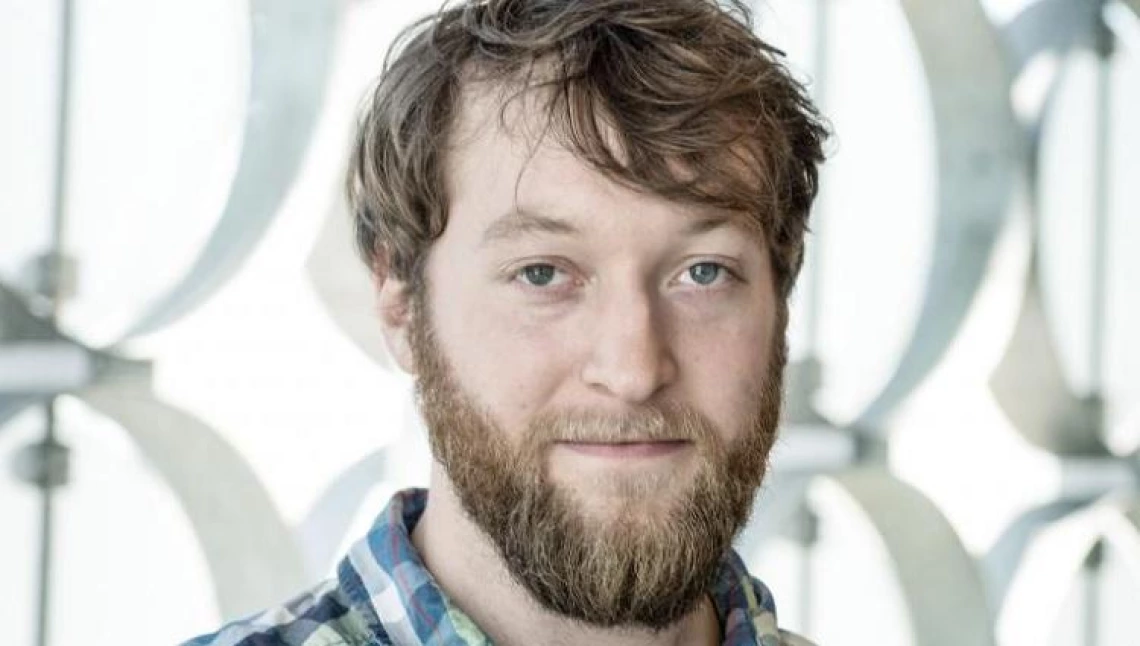Gutruf's Optogenetics Featured in Nature Methods

A new article in Nature Methods discusses BME assistant professor Philipp Gutruf's research into optogenetics, or the ability to modulate neuron activity with light. The article, "Neuroscientists go wireless," examines how researchers are studying the neural complexities of animals moving though physical and social space thanks to wireless technology. Gutruf's work uses tiny devices attached to animals' heads to shine light on specific neurons, thus exciting or suppressing certain brain functions.
“We can deliver light, we can record temperature, we can do many things,” Gutruf said.
According to the article, Gutruf has worked with animals such as birds and mice. In wireless optogenetic experiments with mice, his team explored transcranial optogenetic stimulation with the device. In such experiments, light is pulsed. The researchers developed a way to digitally manage capacitive energy storage between light pulses, which extends the length and range of experiments. Gutruf has ongoing projects that involve stimulating the spinal cord and the musculoskeletal system. In these projects, the device is embedded in growing bone. Gutruf's work may lead to treatments for chronic pain, depression and more.
